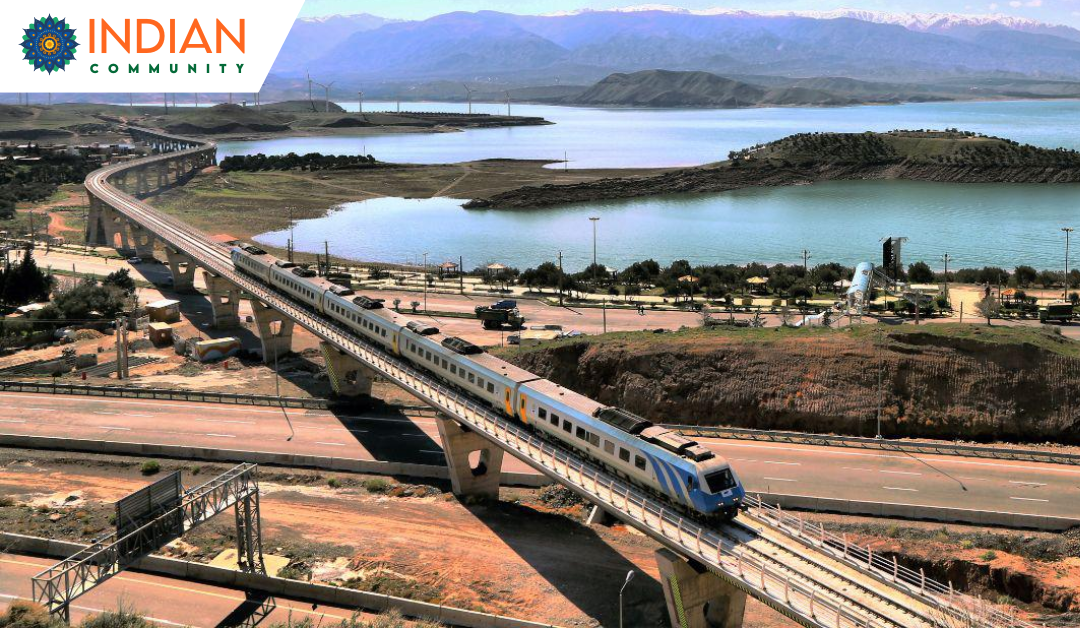In a historic move, Russia has sent two coal-laden trains to India via the International North-South Transport Corridor (INSTC), according to Russia’s national railway company. The 7,200 km (4,500 miles) INSTC, a multimodal route, links St. Petersburg to Mumbai, traversing Iran and utilizing a network of railways, roadways, and seaports. This shift in Russia’s trade strategy amid Western sanctions redirects its trade flows from Europe to Asia and the Middle East.
The INSTC’s development, particularly through Iran’s Chabahar Port, is set to revolutionize India’s trade landscape. With Russia facing sea trade restrictions due to the Ukraine conflict, this corridor gains strategic and economic importance, providing an alternative to China’s Belt and Road Initiative. India recently took over Chabahar Port’s management for ten years, enhancing the INSTC’s potential to boost regional connectivity and trade with Central Asia, Afghanistan, and Russia, offering an alternative route to Europe.
Trade experts highlight the INSTC’s potential to make Indian trade more cost-effective and accessible to Central Asia, Russia, Azerbaijan, and the Baltic and Nordic countries. This corridor is also seen as a viable alternative to the Suez Canal, which is vulnerable to disruptions.
Ajay Srivastava of the Global Trade Research Initiative (GTRI) emphasizes the strategic advantage of the INSTC for Indian ports like Kandla, JNPT, Mumbai, Mormugao, Cochin, and Mangalore. These ports can use Chabahar to access Central Asia and Northern Europe via Iran and Russia, cutting transit times from 45 to 25 days and reducing freight costs by 30%.
Nisha Taneja of the Indian Council for Research on International Economic Relations (ICRIER) notes that sectors like energy, pharmaceuticals, IT, health, agriculture, textiles, and gems and jewelry will benefit significantly from this route.
Source: Logistics Insider

